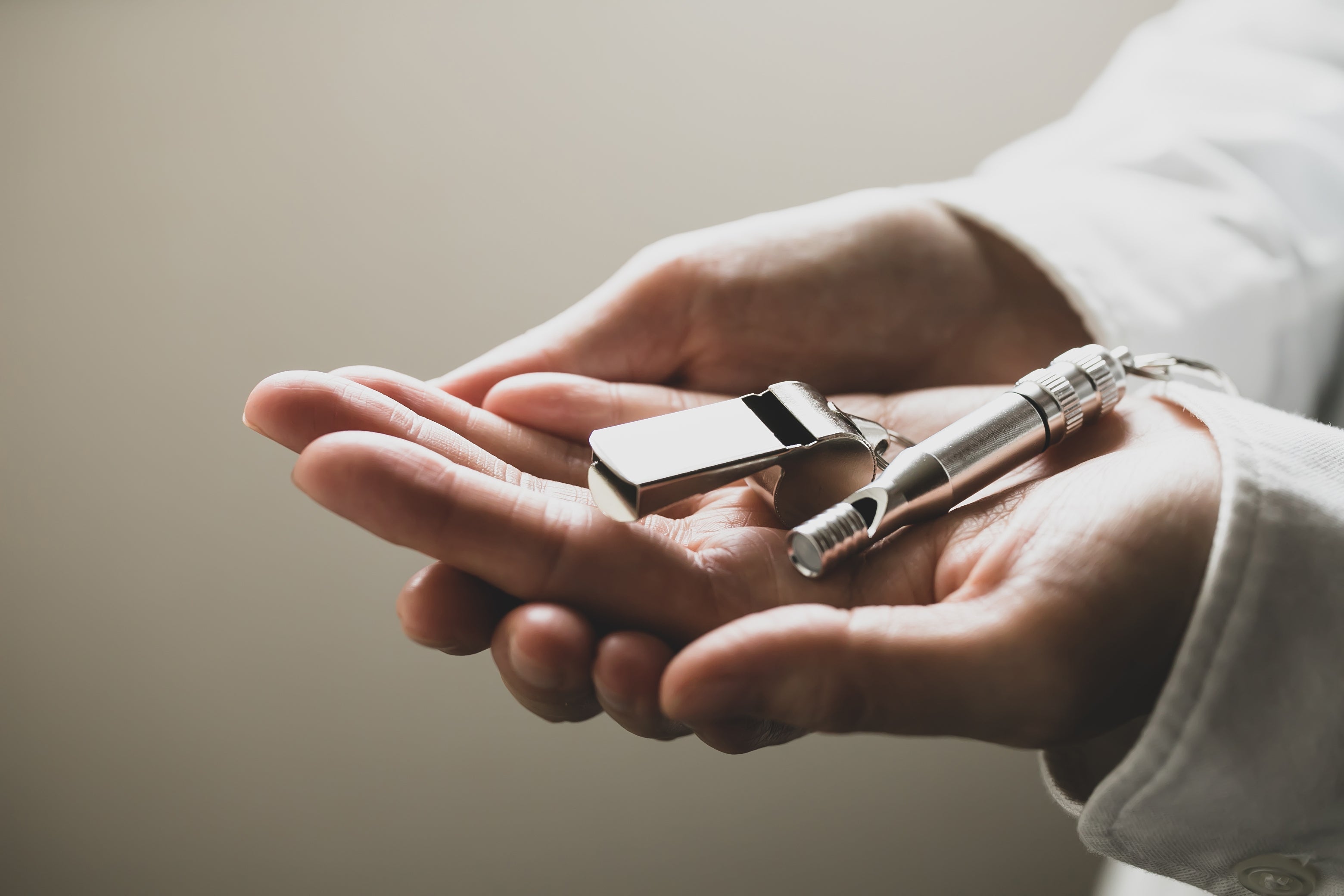In safety-critical environments, a whistle can be more than just a noise-making device—it can be a life-saving tool. The metal pealess waterproof whistle stands out among emergency signaling equipment for its durability, reliability, and sound clarity in high-stress conditions. Whether you're in law enforcement, marine navigation, outdoor survival, or disaster response, this whistle is built for one purpose: to be heard when it matters most.
What Is a Metal Pealess Waterproof Whistle?
A metal pealess whistle is a signaling device that uses an aerodynamic chamber to create a loud, high-pitched sound without the need for a "pea" (the small cork or plastic ball found in traditional whistles). When paired with a waterproof, corrosion-resistant metal body—such as stainless steel or anodized aluminum—the result is a whistle that is virtually indestructible and operational in wet, muddy, or cold conditions.
Pealess vs. Pea Whistles: Why It Matters
| Feature | Pea Whistle | Pealess Whistle |
|---|---|---|
| Sound Type | Trills and tones | Sharp, piercing blast |
| Failure Risk | Pea can jam, freeze, or absorb water | No moving parts—less risk of failure |
| Durability | Moderate | High (especially in metal design) |
| Recommended Use | Coaching, indoors | Emergency, outdoors, marine, cold areas |
Material Comparison: Brass, Aluminum, or Stainless Steel
Brass
- Classic appearance
- More prone to tarnish
- Often heavier
Aluminum (Anodized)
- Lightweight
- Resistant to corrosion
- Ideal for general outdoor use
Stainless Steel
- Maximum durability
- Rust-proof and high-impact resistant
- Commonly used in law enforcement and marine operations
Top Use Cases for Metal Pealess Whistles
1. Search and Rescue (SAR) Operations
Search teams in disaster zones or remote wilderness use pealess whistles to maintain audio contact. Their piercing 115–120 dB blasts travel through wind and debris—far beyond the range of the human voice.
2. Marine and Boating Safety
Required by U.S. Coast Guard regulations, a sound-producing device like a waterproof pealess whistle is vital aboard personal watercraft, kayaks, and lifeboats. Metal construction ensures performance even after full submersion.
3. Emergency Preparedness and EDC
Included in most emergency kits, these whistles serve as backup communications if radios fail. Their small size and zero-maintenance design make them perfect for everyday carry (EDC) in urban survival contexts.
4. Law Enforcement and Security
Officers require a signaling tool that won't jam, even when soaked or dropped. Stainless steel pealess models clipped to tactical vests allow for crowd control, suspect alerting, and distress signaling in seconds.
5. Outdoor and Adventure Sports
Mountain climbers, cavers, and backpackers rely on whistles for emergency location signaling. Unlike GPS or cell phones, a whistle doesn't depend on batteries or network coverage.
Regulatory Standards and Decibel Ratings
- SOLAS (Safety of Life at Sea) recommends 100+ dB devices
- OSHA 1910.165 allows auditory signals as safety communication
- Premium models generate 115 to 120 decibels
Training and Usage Best Practices
- Use rhythmic bursts: three short blasts = SOS
- Train teams to recognize sound cues
- Keep whistle on lanyard or keychain loop
- Color code whistles for task-based differentiation
Cleaning and Maintenance
- Rinse in fresh water after salt or chemicals
- Air-dry thoroughly before storage
- Inspect monthly for clogs or impact damage
- Avoid harsh cleaners
Choosing the Right Whistle
| User Type | Recommended Whistle Type |
|---|---|
| Lifeguard / First Responder | Stainless steel, 120+ dB |
| Backpacker / Hiker | Anodized aluminum, 110–115 dB |
| Tactical / Law Enforcement | Matte black stainless steel |
| Everyday Carry (EDC) | Compact, rust-proof, keyring compatible |
| Marine Boater | Bright orange, waterproof, with lanyard |
FAQs
Q: Are metal pealess whistles legal for boating?
A: Yes. They meet USCG safety requirements for vessels.
Q: Can I use it underwater?
A: They function after submersion but not underwater.
Q: How loud are they?
A: Up to 120 dB—audible from nearly 1 mile away in open areas.
Q: Can children use them?
A: Yes, with supervision and child-friendly models.
Q: Will it rust?
A: Not if it’s stainless steel or anodized aluminum.
Recommended Products
Pair with:
External Resource
Learn about whistle safety compliance from the U.S. Coast Guard Navigation Rules.
Conclusion
The metal pealess waterproof whistle is a compact, powerful tool that belongs in every emergency kit, tactical loadout, or outdoor gear bag. Its durable build and piercing sound make it ideal for signaling across distance or noise. Choose a model that fits your specific needs and trust it to work when your voice won’t be enough.
Shop premium whistle solutions now at eSafetySupplies.com.

